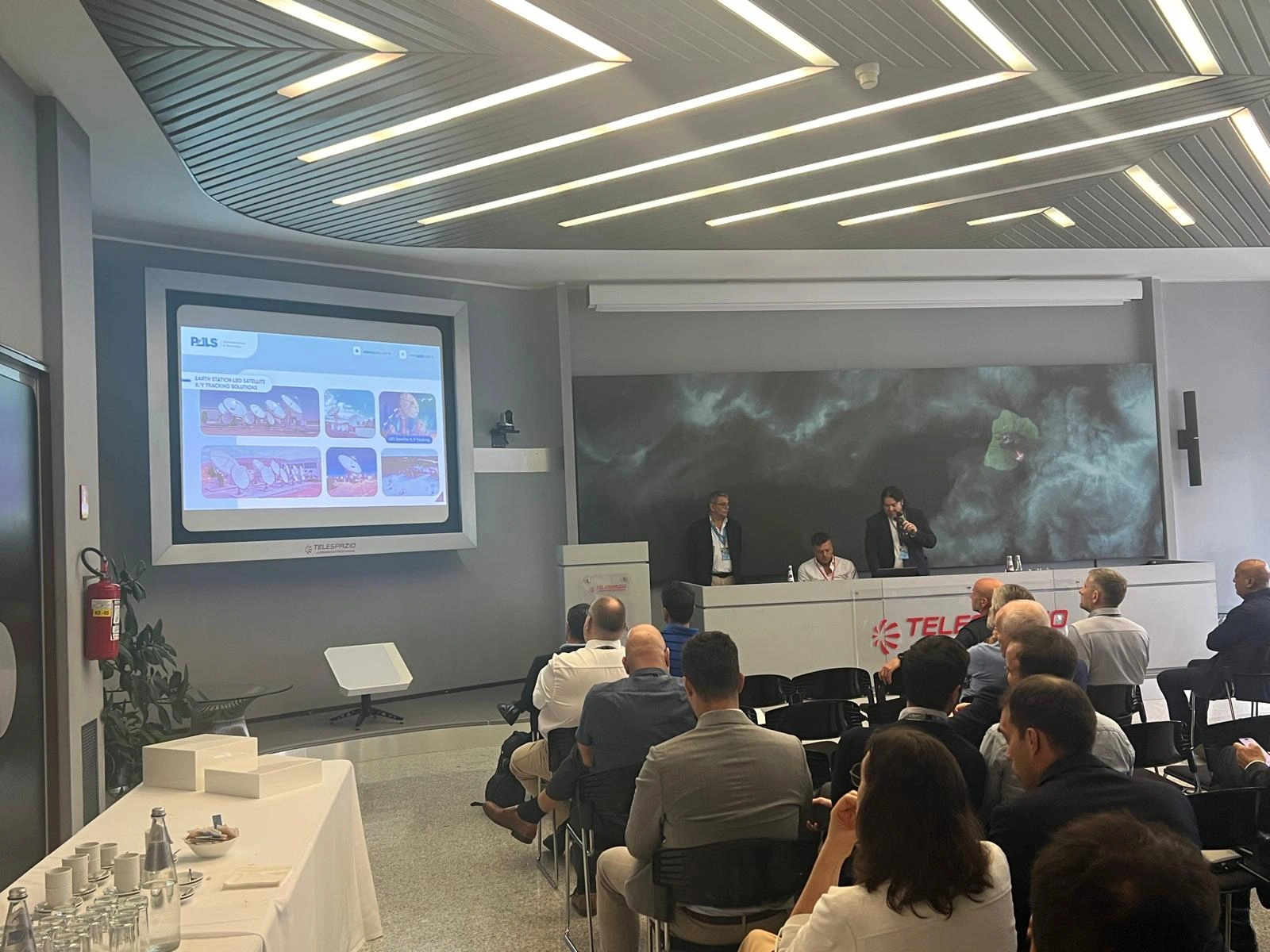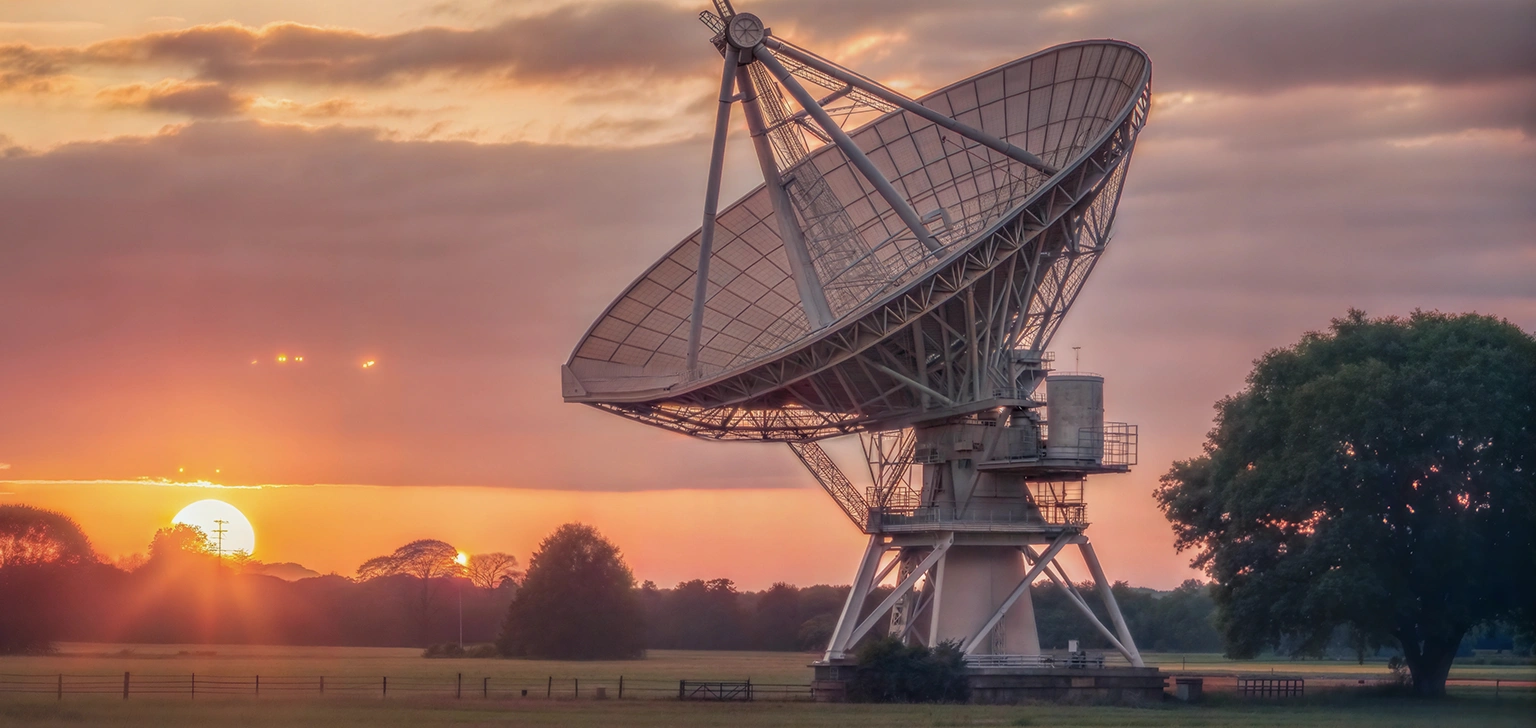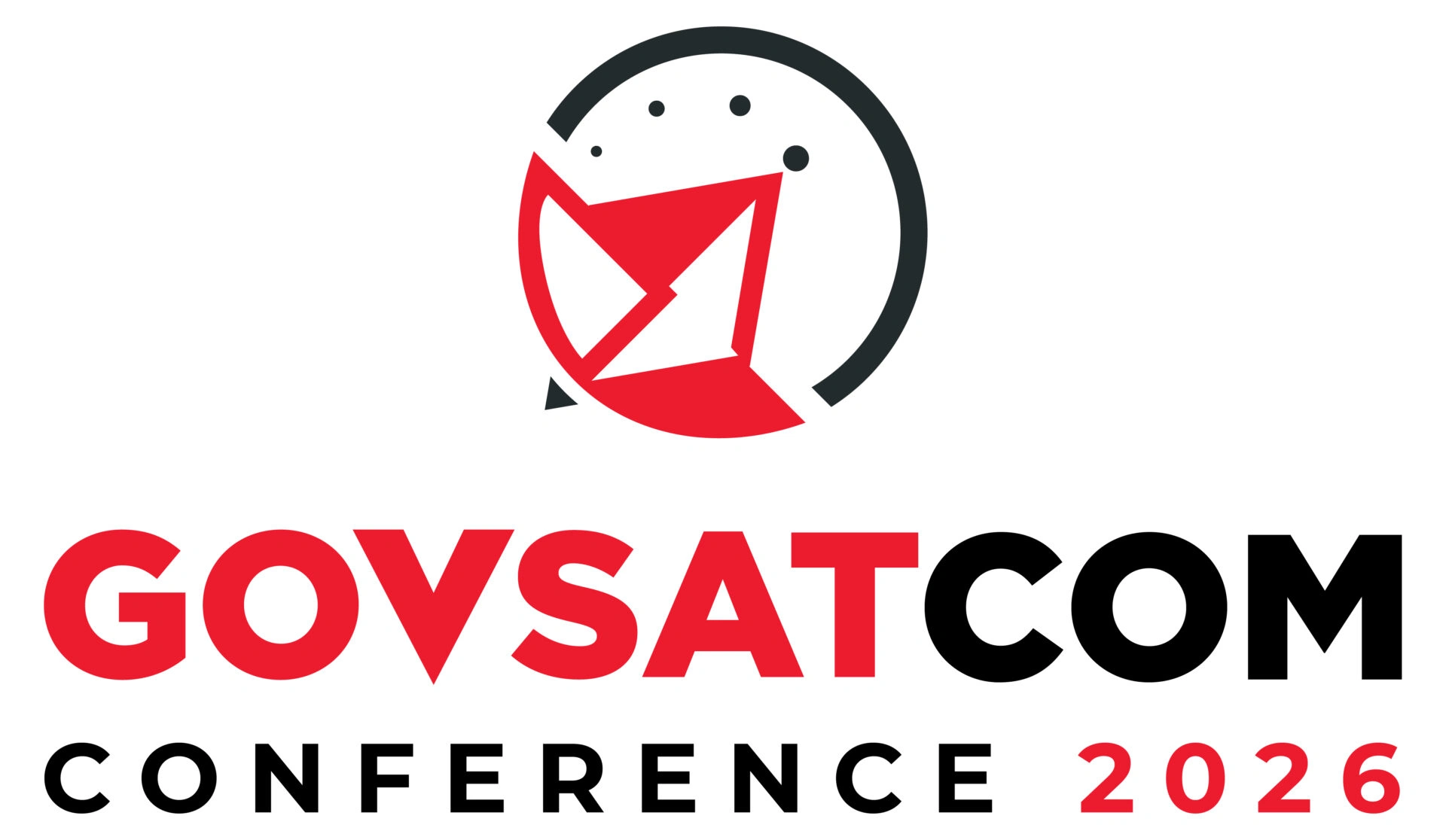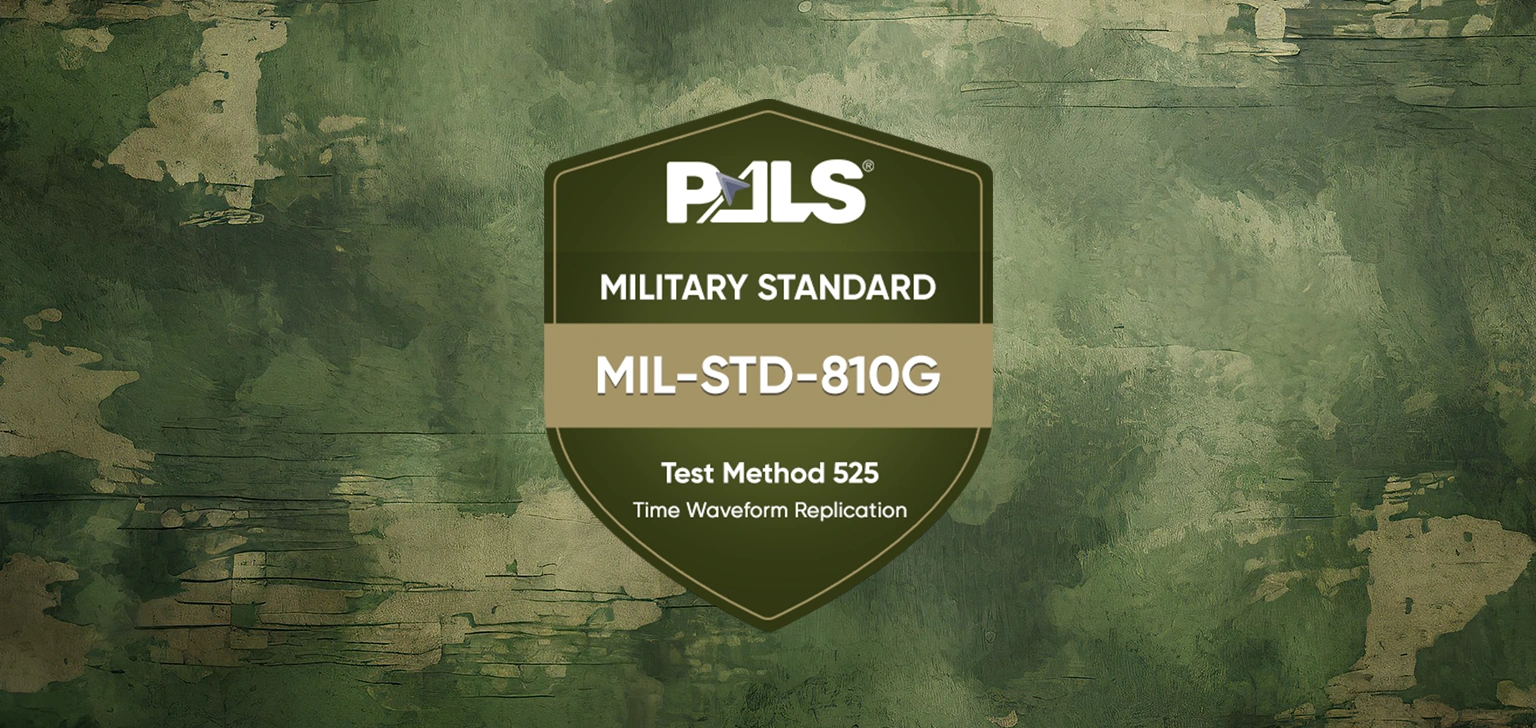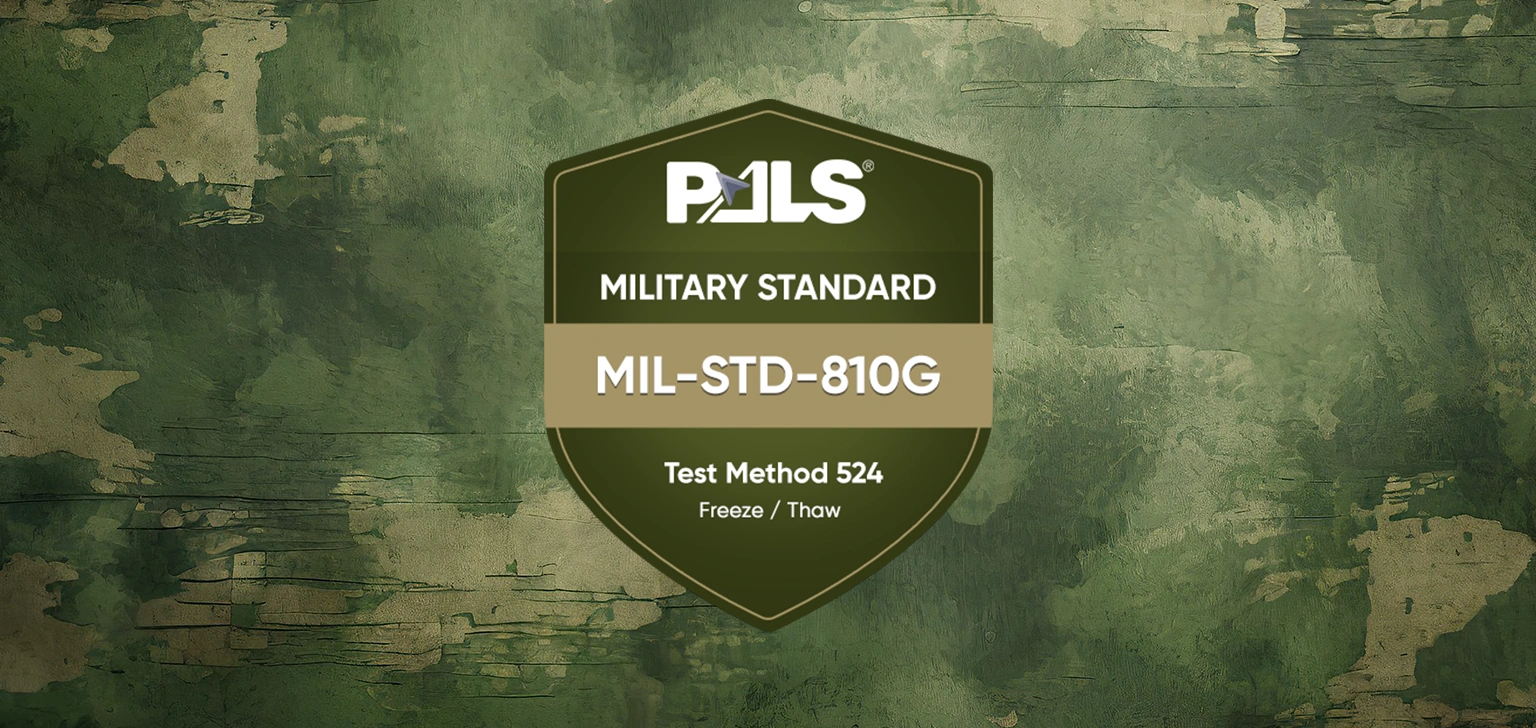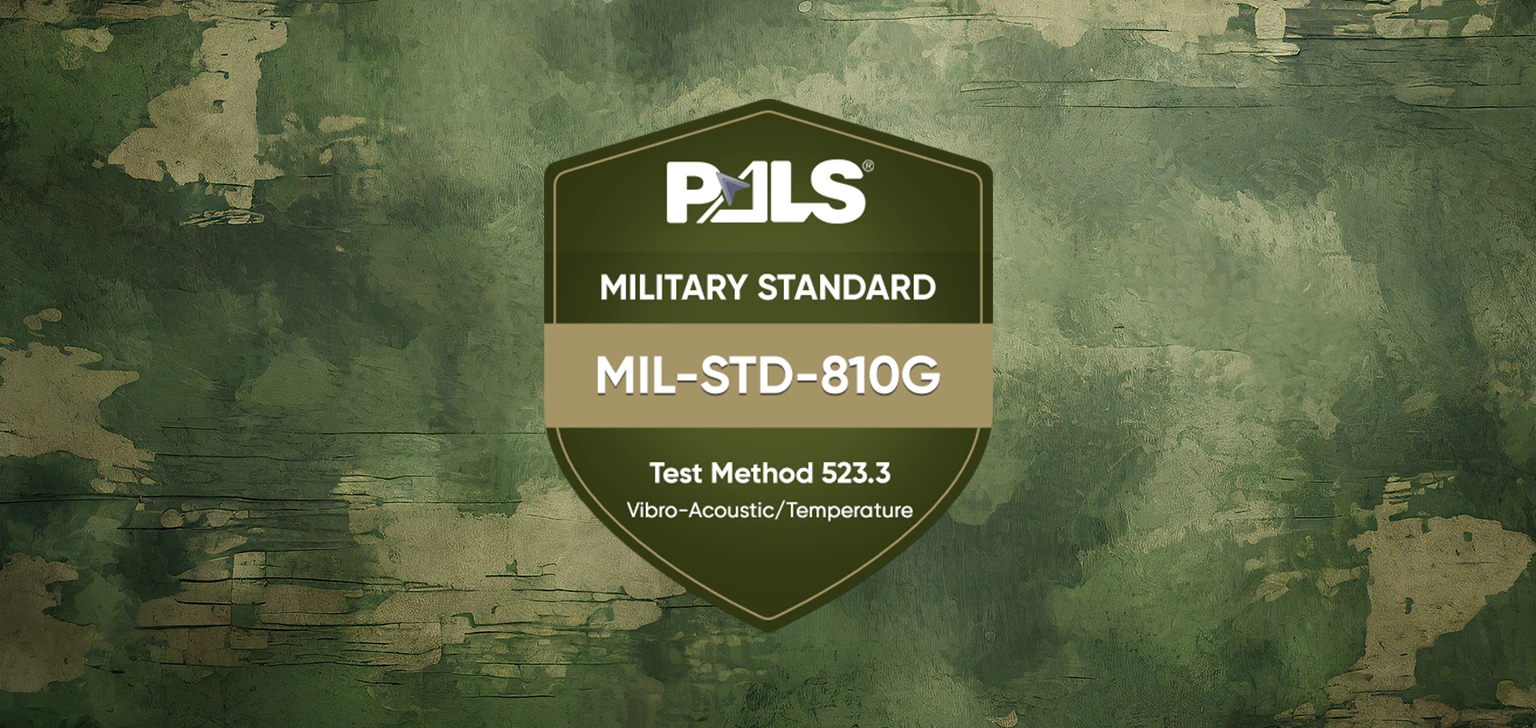
PALS Satellite Acquisition and Tracking Systems
Did you know PALS satellite acquisition and tracking systems are easy to use? They are designed to be easy. Human resources are becoming increasingly important as technology advances. Their hours became increasingly more valuable. While human power addressed the much-valued details, algorithms took the time-consuming jobs. If you were to be a stationary user like most home users, you would need to know your exact coordinates, which way you are facing by compass value, and the target satellite coordinates to point your satellite dish once. The rest is easy thanks to internet tools. But imagine if you were a mobile user, meaning you changed your location frequently like a Digital Satellite News Gathering (DSNG) vehicle operator.
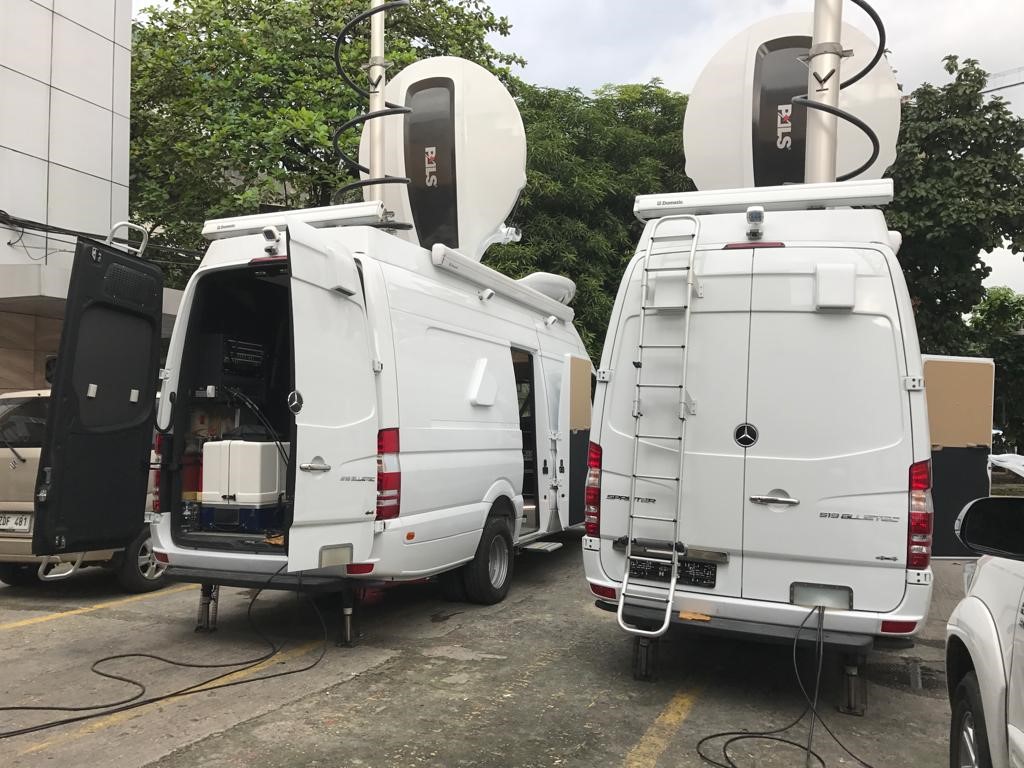
We will be taking PALS’ most popular model, PALS Drive Away – 150 (PDA-150), antenna system, into consideration in this article. It is equipped with a GPS (GNSS compatible) receiver for its location. There is also a digital compass module to know which way it is (i.e., the vehicle) facing. And last but not least, an inclination sensor to sense the surface level to see if the vehicle is parked on a hill, for example. These are the same sensors that you need to point your antenna at. PDA-150 also has motors in all three axes: azimuth, elevation, and polarization. And 16-bit resolvers to measure the angle of the reflector. It can measure angles with 0.01 degree of precision.
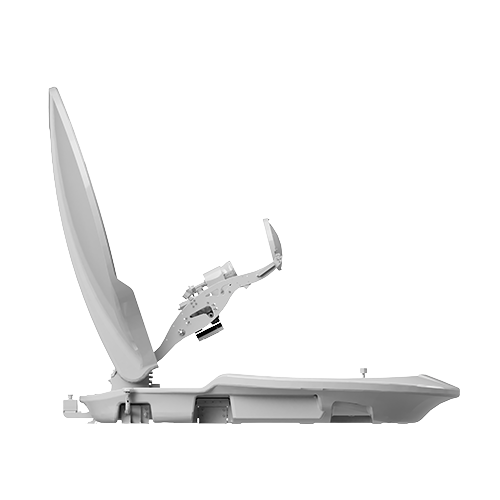
Once you define the satellites you want to work with and the channel or beacon frequency, depending on your configuration, pointing your antenna is just as easy as pressing a "go" button. Once you press that button, the system will calculate the reflector’s azimuth and elevation angle using GPS location, correct it by the way you are facing using a compass and inclinometer, and point the reflector to the desired satellite. This process is called "one-button-auto pointing." The algorithm itself complies with the sector defining standard EOSG-120 from Eutelsat. This means the auto pointing error is less than 0.4 degrees.
PDA-150 has two waveguide ports that are already 90 degrees to each other. One port is Receive port and it is attached to the SMW LNB to receive the signals. The other port is for Transmitting which can be connected to a signal amplifier provided by us or already has in order to transmit. The transmit port can also be sealed if the antenna is used for receive-only purposes. Making these ports 90 degrees to each other means you can receive Horizontal and transmit Vertical or the other way around at only one time. The reflector itself is made from fine carbon fiber. It is lightweight and durable, which makes it resistant to the strongest winds. PDA-150’s reflector RF parameters are compliant with ITU standards.
If you wish to have more information about PDA-150 please see: https://pals.com.tr/product/pda-150
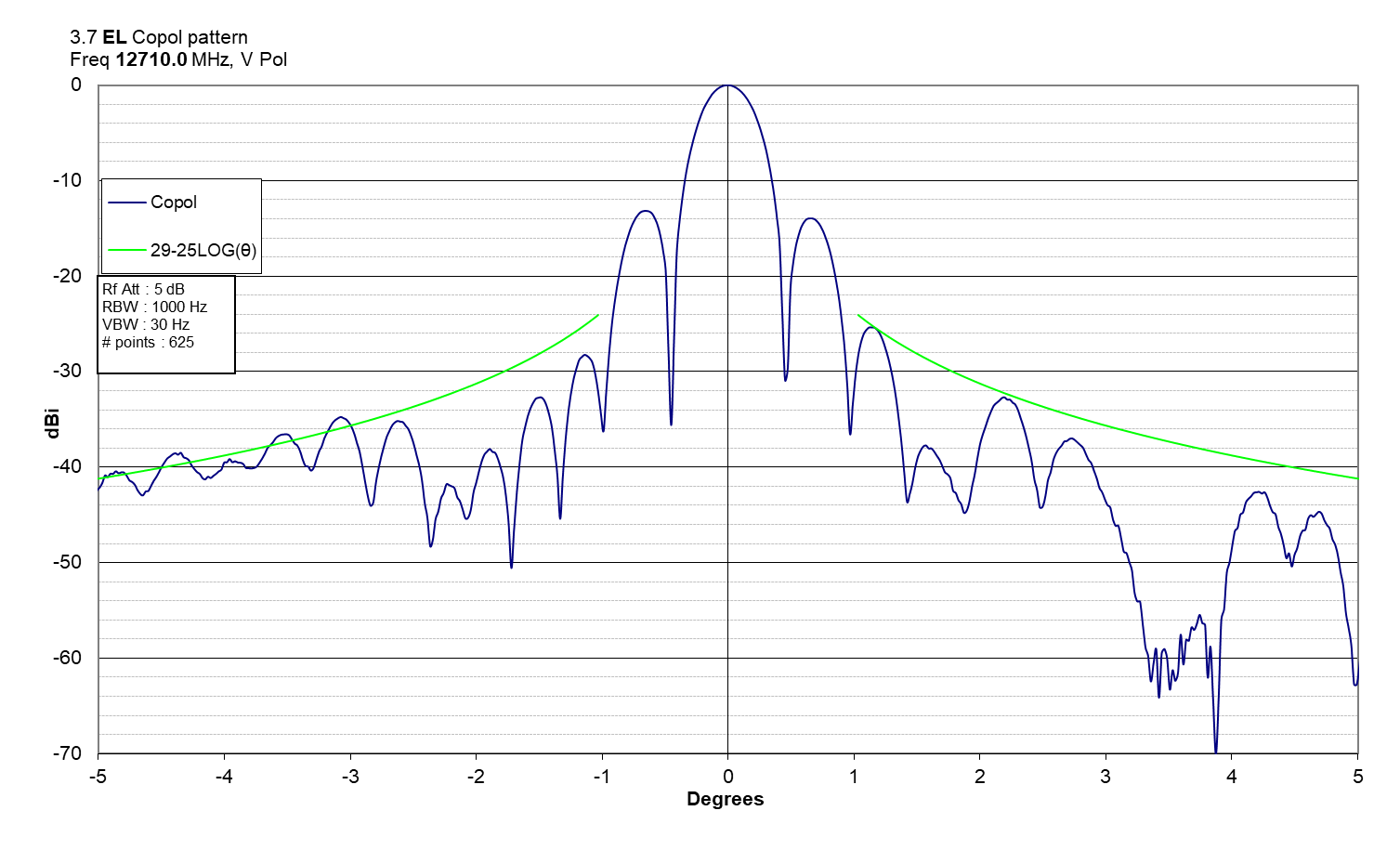
Did You Know There Is A Defence Version of PDA-150-MIL?
The main differences are that all electronics and sensors are ruggedized versions in order to comply with military requirements. It can work in the harshest conditions without any interruption to your communication. PDA-150-MIL already passed the MIL-STD-810 and MIL-STD-461 tests and complies with them. PDA-150-MIL can work with military X-Band or Ku-Band depending on your needs. Both the commercial and defense versions of these models are fully compatible with the PAC-550 series antenna controller and they come with all the features that we introduced in our previous articles.
For more information regarding PDA-150-MIL please see: https://pals.com.tr/product/pda-150
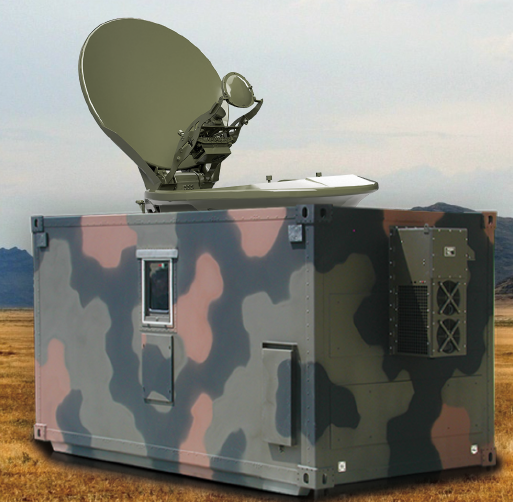
Bottom line: this article is the last one of the 2021 year.
As PALS family, we wish a good holiday and a happy new year to all of our workers, customers, shareholders, competitors, and you the reader. We will begin a new article series about what military standards are, what the requirements are, and how to pass them. PALS also offers environmental and electromagnetic testing services. If you have any questions or inquiries, feel free to contact us.
by System Integration Engineer, Özdemir Öztürk
